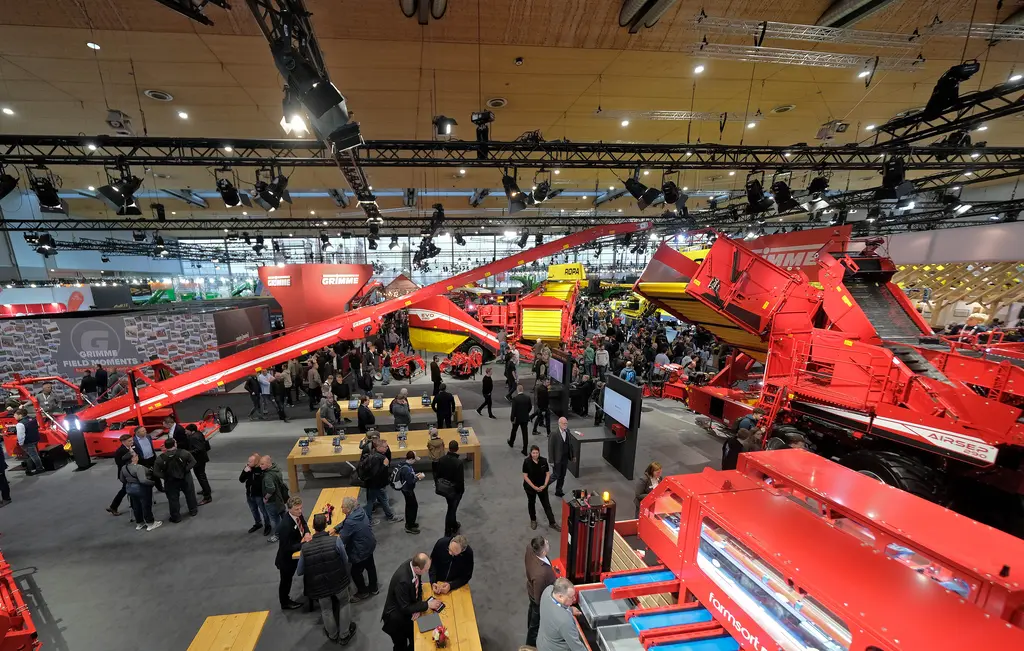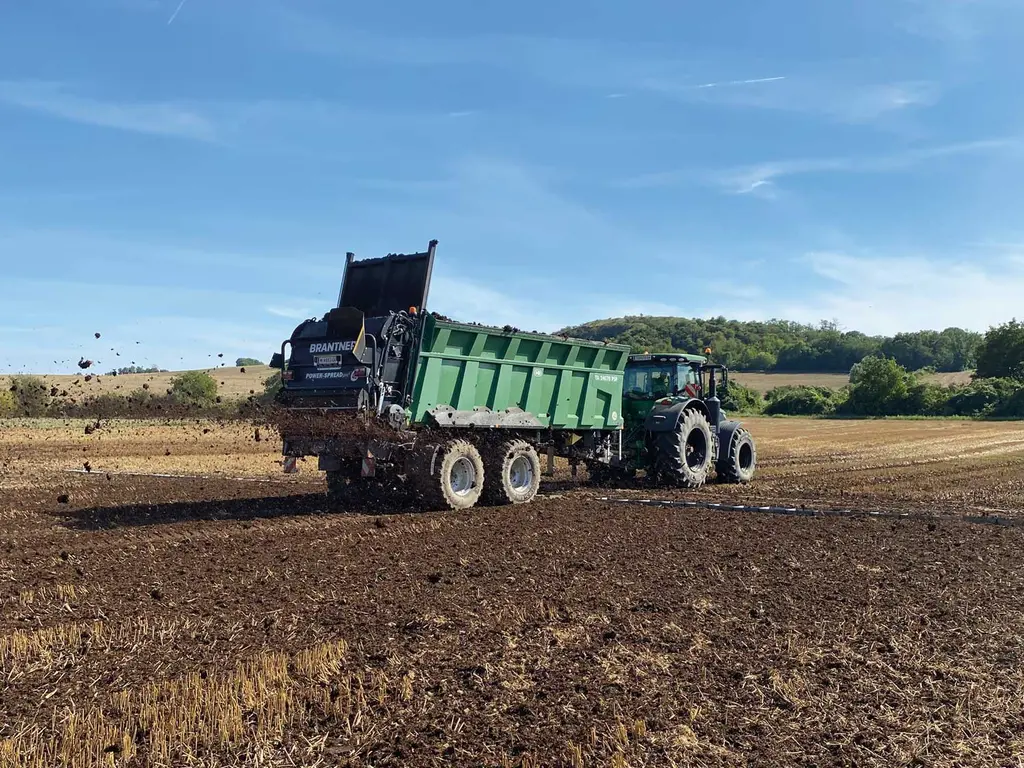The "EnergyDecentral Innovation Award" in gold and silver is one of the leading awards for innovations in the decentralised energy industry. It recognises innovations from EnergyDencentral exhibitors of the respective year for practical use and underlines the importance of modern technological processes for the decentralised energy industry. A neutral DLG commission decides on the presentation of the awards.
























